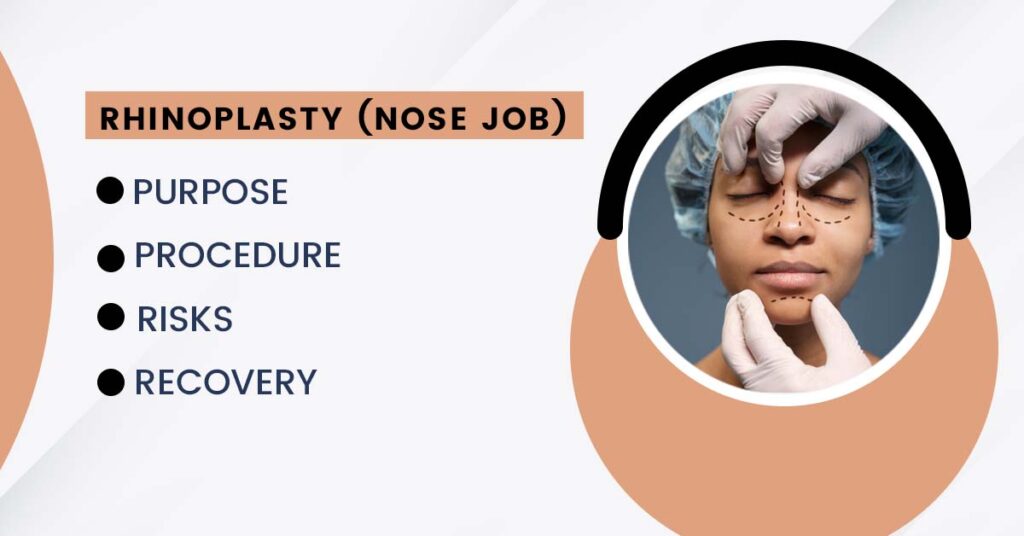Hair transplant procedures have become increasingly common among female celebrities, often serving as a solution for issues like thinning hair or bald patches. While once a predominantly male-focused procedure, advancements in technology and techniques have made it a viable option for women as well.
Like many others, female celebrities may experience hair loss due to genetics, hormonal changes, stress, or excessive styling practices. With the stigma surrounding hair loss diminishing, more women in the public eye have been open about undergoing hair transplant surgeries to restore their hairlines or add volume.
These procedures typically involve harvesting healthy hair follicles from a donor site, often the back or sides of the head, and transplanting them into the areas experiencing hair loss.
Through skilled surgical intervention, combined with careful consideration of natural hair patterns and aesthetics, female celebrities have regained confidence and maintained their glamorous appearances while openly addressing the issue of hair loss.
Causes of hair loss in Female
Hair loss in females, also known as female pattern hair loss or alopecia, can be caused by a variety of factors:
- Genetics: Just like in males, genetic predisposition plays a significant role in female hair loss. If a woman has a family history of hair loss, she is more likely to experience it herself.
- Hormonal Changes: Fluctuations in hormone levels, such as during pregnancy, childbirth, menopause, or conditions like polycystic ovary syndrome (PCOS), can contribute to hair loss. Hormonal imbalances can affect the hair growth cycle, leading to shedding or thinning.
- Medical Conditions: Certain medical conditions can cause hair loss in women. These include thyroid disorders (hypothyroidism or hyperthyroidism), autoimmune diseases (such as alopecia areata), scalp infections (like ringworm), and chronic illnesses.
- Stress: Emotional or physical stress can trigger a type of hair loss called telogen effluvium, where a large number of hairs enter the resting phase of the hair growth cycle simultaneously, leading to excessive shedding.
- Nutritional Deficiencies: Inadequate intake of essential nutrients like iron, protein, vitamins (especially B vitamins like biotin), and minerals can impair hair growth and contribute to hair loss.
- Medications: Some medications, including certain antidepressants, blood thinners, chemotherapy drugs, and medications for blood pressure or acne, can cause hair loss as a side effect.
- Over styling: Excessive heat styling, chemical treatments (such as bleaching or perming), tight hairstyles (like ponytails or braids), and using harsh hair products can damage the hair shaft and lead to breakage or hair loss over time.
- Age: Hair naturally tends to thin with age, as the hair growth cycle slows down and hair follicles shrink.
You can read also:- What does the hair transplant recovery timeline look like?
Female Hair Transplant Procedure
A Female hair transplant is a surgical procedure aimed at restoring hair in areas where it has thinned or been lost. Here’s an overview of the procedure:
- Consultation: The process typically begins with a consultation with a hair transplant surgeon. During this consultation, the surgeon assesses the patient’s hair loss pattern, discusses their expectations and goals, and determines if they are a suitable candidate for the procedure.
- Preparation: Before the surgery, the patient may be advised to discontinue certain medications or supplements that can interfere with the procedure or increase the risk of bleeding. They may also be instructed to avoid alcohol and smoking for a period before and after the surgery.
- Anaesthesia: On the day of the procedure, local anaesthesia is administered to numb the donor area (usually the back or sides of the scalp) and the recipient area (where hair will be transplanted).
- Donor Hair Harvesting: The surgeon harvests healthy hair follicles from the donor area utilizing either the follicular unit transplantation (FUT) or follicular unit extraction (FUE) technique. With FUT, a strip of skin containing hair follicles is excised from the donor region and subsequently dissected into individual grafts. Conversely, FUE involves the extraction of individual follicular units directly from the scalp using a small punch tool.
- Recipient Site Preparation: Tiny incisions or recipient sites are made in the bald or thinning areas of the scalp where the hair will be transplanted. These sites are created in a strategic pattern to mimic natural hair growth and ensure aesthetic results.
- Graft Placement: The extracted hair follicles are meticulously placed into the recipient sites by the surgeon or a team of technicians. Careful attention is paid to the angle, direction, and density of the transplanted hair to achieve a natural-looking result.
- Post-Operative Care: After the procedure, the patient may experience some swelling, discomfort, or minor bleeding, which typically subside within a few days. The surgeon provides instructions on how to care for the scalp, including gentle washing and avoiding strenuous activities or sun exposure.
- Recovery and Growth: The transplanted hair sheds temporarily over the following weeks and months before entering a resting phase. New hair growth typically begins within 3 to 4 months, and full results are visible within 9 to 12 months post-surgery.
You can read also:- Gynecomastia Revision Surgery: All You Need To Know
Hair transplant recovery time
Hair transplant recovery time can vary depending on several factors, including the individual’s healing process, the technique used for the transplant, and the extent of the procedure. However, here’s a general timeline for the recovery process:
Immediate Post-Procedure Period (Days 1-3):
- After the transplant, there may be some discomfort, swelling, and redness in the donor and recipient areas.
- The scalp may feel tender, and pain medication prescribed by your doctor can help manage any discomfort.
- It’s important to follow your surgeon’s instructions regarding post-operative care, including avoiding touching or scratching the scalp.
First Week:
- Swelling and redness typically start to diminish within the first week.
- You may be able to resume light activities, but strenuous exercise and activities that could disturb the transplant site should be avoided.
2-3 Weeks:
- The transplanted hair follicles enter a resting phase, and the existing hair may shed. This is a normal part of the process, and it’s known as “shock loss.”
- The scalp may still be sensitive, and it’s crucial to continue following post-operative care instructions to aid healing and prevent infection.
1-3 Months:
- New hair growth usually begins within 3 to 4 months after the procedure.
- The transplanted hair may initially appear thin or sparse, but it will gradually thicken over time.
- It’s common for some patients to experience itching as the hair starts to grow back, but avoid scratching to prevent damage to the grafts.
6-12 Months:
- By this time, most patients will see significant improvement in hair density and appearance.
- The transplanted hair will continue to grow and mature, blending in with the existing hair.
- It’s essential to continue following up with your surgeon during this period to monitor progress and address any concerns.
Long-Term (1 Year+):
- The final results of a hair transplant typically become fully apparent within 12 to 18 months after the procedure.
- The transplanted hair should continue to grow naturally and can be styled and treated like the rest of your hair.
Conclusion:
Dr. Jagdeep Rao, a renowned specialist in hair restoration, emphasizes the importance of a comprehensive understanding of the hair transplant recovery process. With a focus on patient care and satisfaction, Dr. Rao ensures that individuals undergoing hair transplant procedures, particularly in Jaipur, experience a smooth and successful recovery journey.
By adhering to meticulous post-operative care instructions and closely monitoring the healing progress, Dr. Rao aims to optimize the results of hair transplant procedures, delivering natural-looking and long-lasting outcomes for his patients. His expertise in the field, coupled with a commitment to innovation and patient-centric care, distinguishes him as a leading provider of the best hair transplant in Jaipur.
Patients can trust Dr. Jagdeep Rao for exceptional results and personalized care throughout their hair transplant journey, making him the top choice for individuals seeking the best hair transplant in Jaipur.







